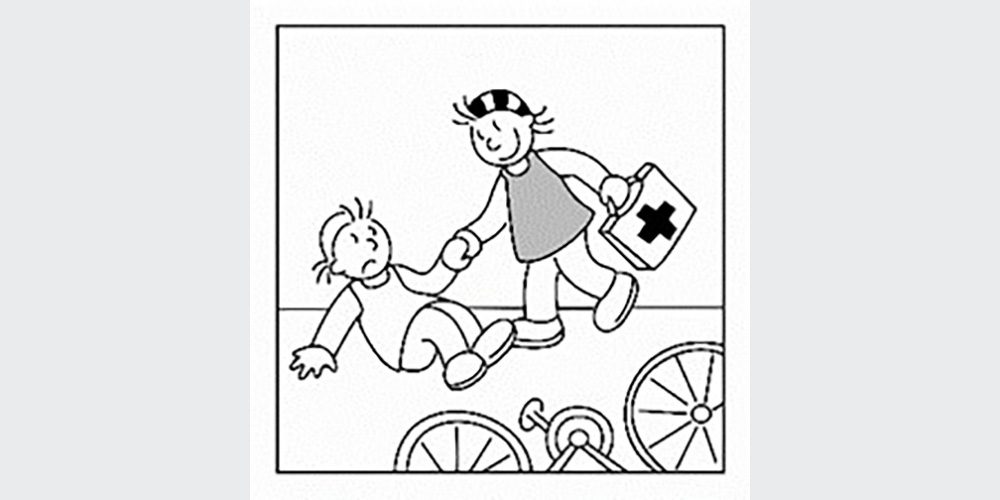Key values for school children
The values that matter most to primary school children are safety and the well-being of others. Teachers, meanwhile, also want to cultivate self-direction – in the same way that the Swiss curriculum aims to do. These are the initial findings of an extensive study conducted by the Institute for Educational Sciences to explore how values are taught in schools.
18 October 2022 | Yvonne Vahlensieck
Our values shape every aspect of our lives. “They affect our relationships, happiness, well-being and, not lastly, how we go about our everyday lives,” says Professor Dr. Elena Makarova, Director of the Institute for Educational Sciences at the University of Basel. In addition to their lives at home with their parents, the school plays a key role in how children develop their own values.
Still, quite little is known about whether and how values are taught in the classroom. A long-term study conducted under the leadership of Dr. Makarova aims to close this knowledge gap. Now that the researchers have completed the main task of collecting data, they have presented their initial findings. They have shown which values are most important to primary school children in Switzerland and which value-related educational goals teachers want to cultivate.
Well-being of others at the top of the list
For the project, doctoral students Ricarda Scholz-Kuhn and Thomas Oeschger visited 97 school classes in 59 primary schools in the German-speaking part of Switzerland. With the help of other students, they asked more than 1,200 children several times over the course of two years what values mattered most to them. To illustrate abstract concepts, the children were shown drawings. “Conformity”, for instance, was illustrated by a picture of a child waiting at a crossing for the light to change; “achievement” was depicted with a cheering athlete standing on a podium. According to Scholz-Kuhn, this method, which was developed by other researchers, was quite effective. “”The use of pictures enable children to understand the value pictures, which is important at this young age due to the heterogenous level of reading skills.”
The analysis showed the value of “benevolence” was most important to primary school children – that is, helping to ensure the well-being of the people one cares about mattered most to them. “Security” was also high on the list of values. Another reason for this, according to the researchers, was that the survey was conducted in the middle of the coronavirus pandemic. “Power”, on the other hand, landed at the bottom of the list of values. “Social status, prestige and authority thus do not appear to matter much to children at this age,” says Makarova.
Teachers well-aligned with curriculum
As part of the study, over a hundred teachers were also asked what values they want to teach in the classroom. “Benevolence” was also the most important value for them, but so was the value of “self-direction”. For children, the latter was just barely in the running. By focusing on these values, the teachers – whether they were aware of it or not – aligned themselves closely with the Swiss curriculum (Lehrplan 21) targets that have been set for German-speaking Switzerland.
In addition to course contents and academic proficiencies, the curriculum requirements also define which values should be given a focus in teaching – even if not always explicitly. “Oftentimes, hints at the values are hidden in the descriptions of the competences,” says doctoral student Thomas Oeschger, who subsequently combed through the contents of the curriculum. The values of “benevolence” and “self-direction” preferred by teachers cropped up here, too. According to Oeschger, the curriculum therefore generally reflected the humanist and democratic ideals that are also laid down in Switzerland’s Federal Constitution and legislation governing compulsory schooling.
Makarova explained that the data analysis is still far from complete. For example, the researchers plan to complete a cross-country comparison with Great Britain, where schools also took place in the survey. An analysis of the shift in values over the two years observed in the study is also yet to be completed. Additionally, the results will help to develop new continuing education concepts aimed at further enabling teachers to help children form their values.


